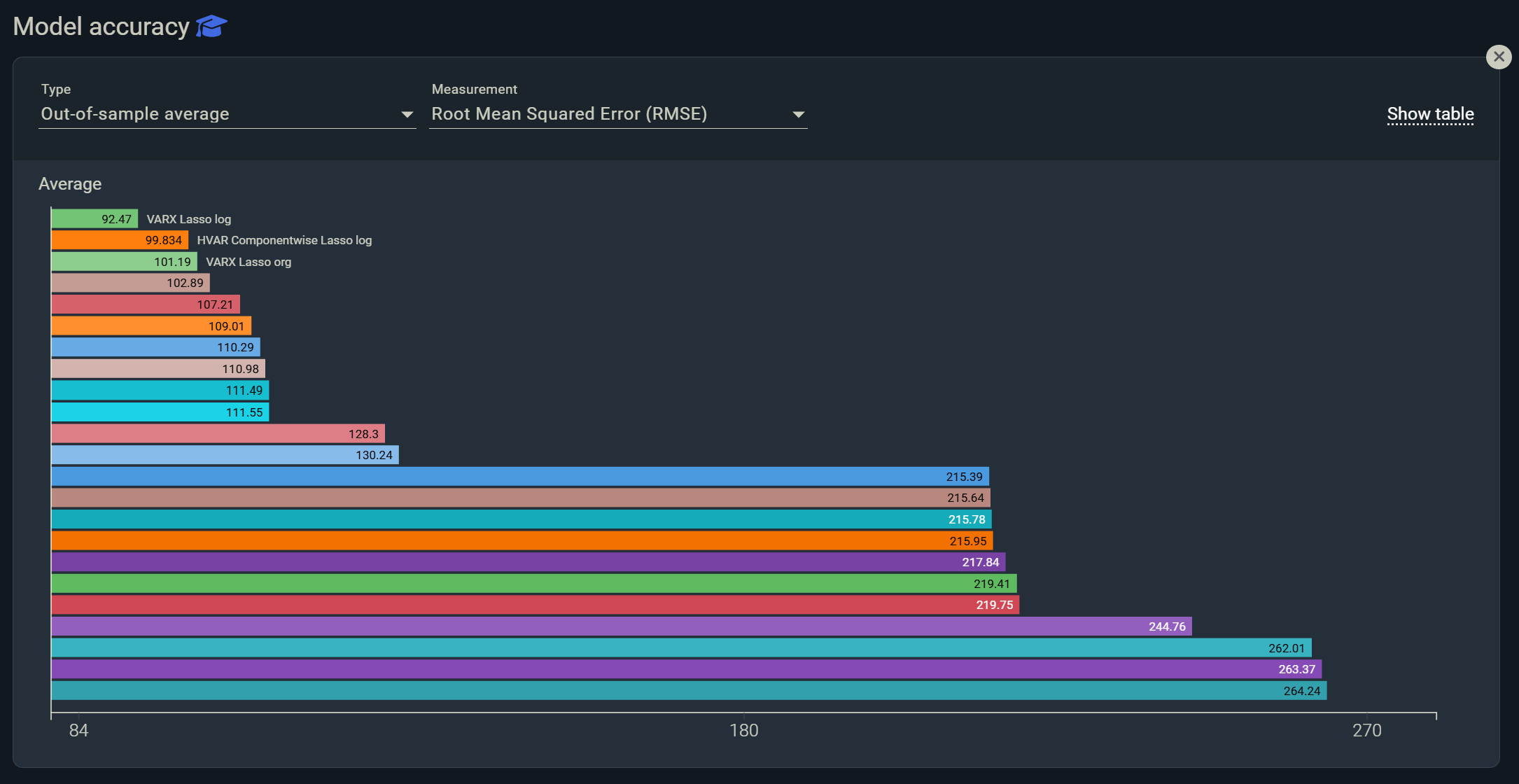A myriad of factors can decrease the accuracy of forecasts, one of them being the timeliness of the data used in the forecast.
Businesses often rely on the data provided by external market forecasts, and the scope of this data only provides data from a few months back. You might not be factoring in the latest information or numbers when forecasting.
This absence of timeliness in the data used in your forecasts could compromise the accuracy of your projections and could stand in your way of capturing market shifts. What are the other implications, and what should you consider?
With the current economic climate, the need to forecast on a rolling basis while capitalizing on timely data is now more necessary than ever.
Changes in microeconomic factors such as customer preferences, competitor activity, and commodity prices cause constant fluctuations in demand, most of which are beyond a company's control. Firms must also deal with macroeconomic factors like international trade disputes and fiscal policies that can dampen or stimulate demand.
The timeliness of data plays a crucial role in ensuring the forecasts produced will more accurately capture and reflect market shifts and will be more indicative of the indicators you need to focus on.
It's not only a matter of forecasting frequently; instead, you want to have the ability
to get real-time visibility over the impact of your business's leading indicators.
With instant access to real-time data, you can identify the most
relevant leading indicators and ensure you factor them into your forecasts.
Let's not disregard the advantages of increasing your forecast frequency.
To gain some semblance of direction, especially amidst the current unpredictability, leveraging data from the past month or months might require a rethink. Instead of quarterly information, there is a clear advantage in forecasting monthly. 64% of annual forecast targets are outdated after four to six months, and research shows that only about 1% of businesses forecast with a 90% accuracy when forecasting one month ahead. Companies are well-advised to regularly reassess their positioning against the market landscape to identify areas where they can improve efficiency.
However, it's not only a matter of forecasting frequently; instead, you want to have the ability to get real-time visibility over the impact of your business's leading indicators. With instant access to real-time data, you can identify the most relevant leading indicators and ensure you factor them into your forecasts. But let's begin by looking into how to pinpoint them.
The importance of identifying the leading indicators optimized for accuracy. How is this done in Indicio?
With Indicio, you can access multiple data sources in a few clicks, which gives you access to leading indicators that are normalized, aggregated with high degrees of accuracy, and with latency counted in microseconds. The methodology identifies statistical models with high out-of-sample accuracy rather than just a high model fit, where the model accuracy is evaluated each step forward.
This method is more valuable as we're looking for a model which best describes the future rather than what its historical data says. It's pivotal in helping you determine the data points that best represent your business's current situation and market position and move forward strategically.
Build sensitivity into your forecasting
Forecasting is anything but myopic, and the value of performing a sensitivity analysis by playing out probable scenarios is understated.
Now that you've identified and determined which leading indicators to pay attention to, the next step is to tweak the variability of a specific leading indicator and see how that would impact your forecast at any particular point in time.

For example, we might want to be able to visualize what would happen to the US Consumer Price Index if import prices were to spike. A quick refresh, and you get immediate, timely insights on what these "what-ifs" could mean for your business.
By quantifying the impact of these mapped-out scenarios and interpreting what the analysis means, you're ready to act accordingly to influence performance.
Interested to learn more about how you can use this methodology to generate your forecasts? Book a demo here.



